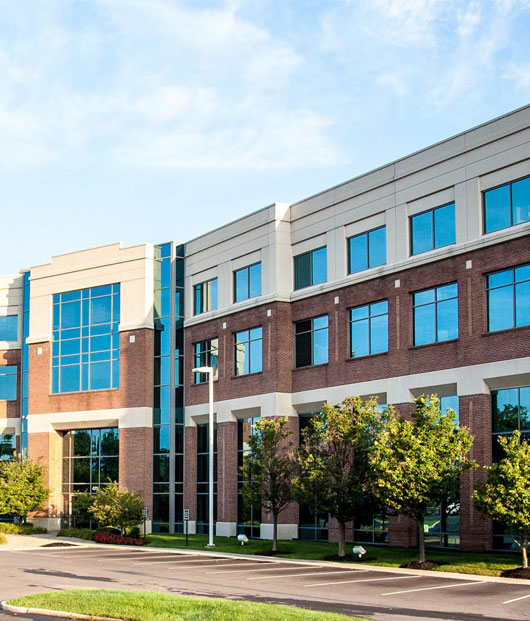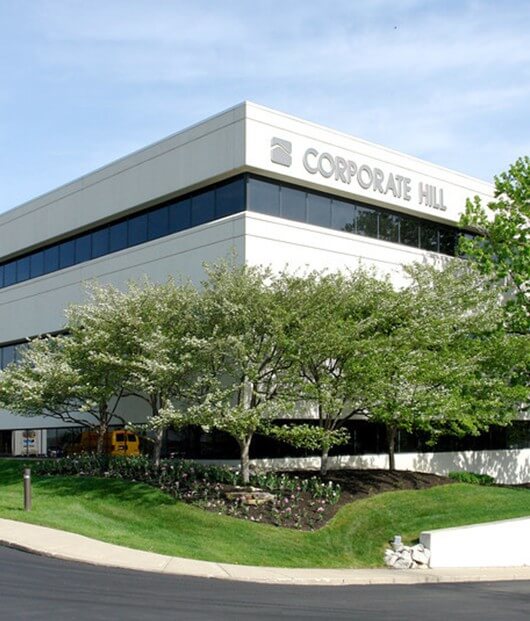Emergencies can strike a commercial property without warning. Severe weather, utility failures and security breaches can disrupt normal operations and put tenants at risk. For property managers, being unprepared is costly, and the damage extends beyond repairs. It also creates liability issues, strains tenant relationships and hurts long-term property value.
Having a plan in place can make all the difference. With the right protocols, communication strategies and partnerships, you can respond effectively, keep people safe and minimize disruption.
Common Emergency Situations Faced at Commercial Properties
Commercial properties face many of the same emergencies as other facilities, but the scale and impact are often greater. It’s important to be ready for:
- Fires: Electrical problems, kitchen accidents and faulty wiring can lead to dangerous blazes.
- Flooding: Heavy rain, broken pipes and drainage issues can damage structures and disrupt tenant operations.
- Gas leaks: Even a small leak poses health risks and fire hazards.
- HVAC failures: Heating and cooling outages affect safety, comfort and business continuity.
- Power outages: Extended blackouts can shut down security systems, elevators and tenant businesses.
- Security breaches: Break-ins, vandalism and cyber-related threats put tenants and property assets at risk.
Preparing for Emergency Situations Before They Happen
Develop a Comprehensive Emergency Response Plan
Every property should have a detailed plan for handling emergencies. It serves as a practical guide that’s more than a binder on a shelf. Be sure to include:
- Contact protocols: Maintain a current list of tenants, staff, vendors and first responders to support efficient outreach.
- Assigned responsibilities: Clarify roles ahead of time so staff members understand their part in an emergency.
- Evacuation procedures: Map routes, mark exits and designate assembly points where tenants can gather safely.
- Communication strategies: Decide in advance how information will be shared, whether through email, text alerts, phone calls or intercom announcements.
Establish Communication Protocols with Tenants and Staff
Uncertainty creates confusion, but clear communication cuts through that noise. Tenants and staff should know how updates will be delivered and where they can go for accurate information.
Regular briefings outside of emergencies also help. By sharing safety reminders, policy changes and preparedness tips, you can build trust and ensure tenants know you’re actively looking out for their safety.
Partner with Emergency Service Providers and Vendors
In a crisis, speed matters. Having a trusted list of local contacts, including fire departments, restoration crews, electricians and HVAC contractors, allows you to get help immediately instead of scrambling to find support.
Those relationships also provide benefits outside of emergency situations. Service providers can assist with routine maintenance, inspections and risk assessments that reduce the likelihood of serious incidents.
Train Building Staff and Conduct Emergency Drills
Knowledge is only useful if people know how to apply it. Regular training sessions and practice drills give staff and tenants the confidence to act quickly when needed. Drills often reveal gaps that can be fixed before they become bigger problems. Make training a recurring effort. After each drill, gather feedback, refine your plan and reinforce the idea that safety is everyone’s responsibility.
Documentation and Post-Incident Reporting Procedures
After an emergency, documentation is essential. Keeping detailed records helps with insurance claims, provides legal protection and allows you to learn from the experience. Key steps include:
- Incident logs: Capture the details of what happened, when it occurred and how you responded.
- Damage reports: Document all property and tenant-related losses to guide repairs and recovery.
- Response reviews: Assess what worked and what didn’t to improve your plan.
- Policy updates: Use insights to adjust procedures, update lease clauses or strengthen staff training.
Building Resilience Through Smart Property Management Practices
Emergencies are unpredictable, but resilience is built over time. Consistent planning, ongoing communication and reliable partnerships give you the tools to navigate challenges effectively.
When tenants see you’re prepared and proactive, it builds trust and supports retention. More importantly, it creates a safer environment for everyone who enters the building. A commitment to emergency preparedness is also a commitment to protecting your property’s long-term value.
Ready to strengthen your property management strategy? Contact DRK today to learn how we can help you build resilience.
Until next time,

Sarah Campbell
Director of Commercial Real Estate







